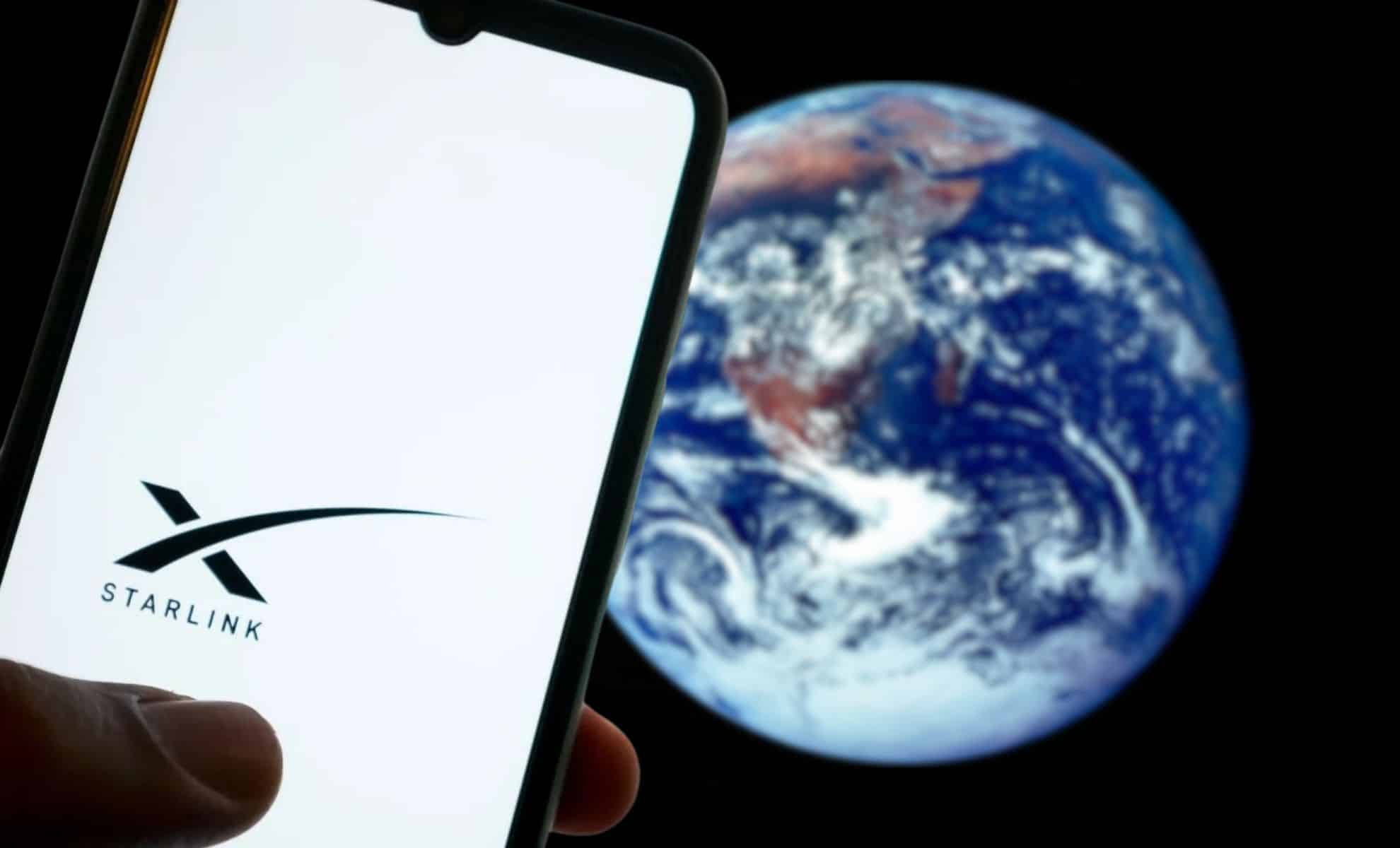EspaceX And T Mobile are set to launch their highly anticipated direct-to-cell service this fall, marking a significant advancement in satellite communications. This new service aims to connect T-Mobile customers to SpaceX services Starlink satellitesproviding coverage in areas where terrestrial networks are not available.
The promise of direct connectivity to the cell
Direct to Cellular service is designed to eliminate outdoor dead zones by connecting standard cell phones directly to Starlink satellites. This innovative approach promises to provide seamless connectivity to T-Mobile users, especially in remote or underserved areas. The service is expected to initially support text messaging, with plans to expand to voice and data services, as well as Internet of Things (IoT) offerings, in the coming years.
Technical and regulatory challenges
SpaceX has worked diligently to integrate T-Mobile’s spectrum into its Starlink satellites. Currently, more than three dozen satellites capable of establishing direct connections with cells have been launched. However, the exact functionality and reliability of the initial service remains to be seen. Early implementations, such as Apple’s emergency texting through Globalstar, require specific conditions, such as being outdoors and pointing the phone at passing satellites. SpaceX aims to improve these early models by leveraging its vast satellite constellation, which currently exceeds 6,000 satellites.
In a recent file with the Federal Communications Commission (FCC), SpaceX outlined its plans and urged the commission to ease some restrictions on radio frequencies. Specifically, SpaceX requested more granular “band-specific limits” to replace existing global pfd limits, arguing that these changes would improve system coverage and reliability.
Wider implications and market competition
Although T-Mobile is the first U.S. carrier to adopt SpaceX’s direct-to-cell technology, the satellite operator also has agreements with several international carriers, including Rogers in Canada, Optus in Australia and KDDI in Japan. These partnerships highlight the growing demand for mobile satellite services globally.
SpaceX is not alone in this market. Companies like AST SpaceMobile And Global Lynk are also developing technologies to connect standard mobile phones to satellites using existing terrestrial spectrum. These developments indicate a broader trend toward integrating satellite connectivity into everyday mobile services, potentially transforming the way we think about mobile coverage.
Future prospects of SpaceX’s direct-to-airframe transfer and impact on the industry
The commercial launch of SpaceX’s direct-to-cell service represents an important milestone in the continued evolution of mobile communications. If successful, this could pave the way for more robust and ubiquitous connectivity solutions, filling gaps in current network coverage and improving emergency communications capabilities.
For SpaceX, the move is part of a broader strategy to expand the capabilities and reach of its Starlink satellite network. By enabling direct connections to cells, SpaceX can improve the utility of its satellites, making them indispensable not only for Internet service but also for comprehensive mobile connectivity. This diversification could provide SpaceX with additional sources of revenue and consolidate its position as a leader in satellite technology.
For T-Mobile, offering direct-to-cell service through Starlink gives it a competitive advantage in the crowded U.S. mobile market. By providing customers with enhanced coverage in remote and underserved areas, T-Mobile can attract new users and retain existing ones who need reliable connectivity, regardless of their location. This unique value proposition could differentiate T-Mobile from other carriers, especially in regions with sparse land coverage.
Facing global competition
The importance of maintaining a competitive advantage in space exploration and satellite communications cannot be overemphasized. As other countries, particularly China, continue to make significant progress in their space programs, the United States must continue to innovate and expand its capabilities. Successful initiatives such as SpaceX’s direct-to-cell communications service demonstrate the United States’ commitment to remaining at the forefront of space and communications technologies. They also highlight the strategic importance of international partnerships and collaborations to advance collective goals in space.
The geopolitical landscape of space exploration is evolving rapidly, with the arrival of new players in the field and the ambitions of existing players. In this context, maintaining a robust and versatile space program is essential for national security, scientific leadership and economic growth. SpaceX’s efforts, alongside those of other private companies, are integral to ensuring that the United States continues to play a leadership role in this critical area.
Public interest and inspiration
Innovative space and communications projects have always captured the public imagination, inspiring generations to look to the stars. The direct-to-cell service initiative, with its blend of technological innovation and practical application, is no exception. Successful missions inspire a sense of national pride and can inspire young people to pursue careers in science, technology, engineering and mathematics (STEM). This inspiration is vital to training the next generation of scientists, engineers and explorers who will carry on the legacy of space exploration.
Engaging the public through live broadcasts, educational programs and media coverage of such initiatives helps build support for space and technology projects and highlights their benefits to society. It also highlights the spirit of collaboration and the collective human drive to explore and understand our universe.
